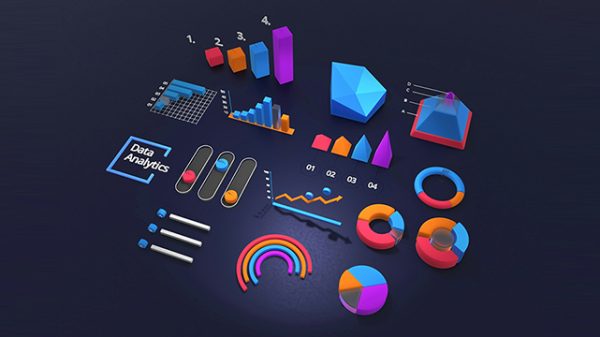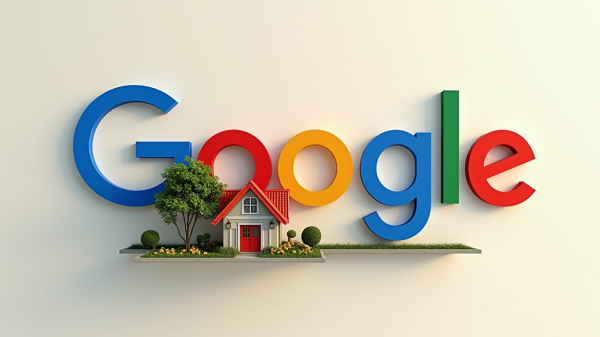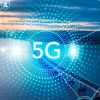New study, The Business of Consumer IoT, shares insights on business leaders’ outlook on market challenges and opportunities in 2025.
Parks Associates recently surveyed more than 100 executives across the connected home and consumer IoT landscape to better understand their view of the market, changes in their business strategies, key metrics for success, and top challenges facing the market.
The research, found in The Business of Consumer IoT: Product Strategy in a Maturing Market, reveals consumer IoT products are priced 21-70% higher than similar non-connected products, with an average price differential of 44%.
Jennifer Kent, VP Research, Parks Associates, said:
“The smart home and security markets benefit from delivering solutions that address consumer needs that only get stronger in uncertain times – safety and security.”
“This – along with growing demands on the grid due to electrification and data center development – gives stability to the smart home market and a positive outlook that may not hold in other economic sectors.”
Connected home businesses are on the frontlines of AI use both internally and for product enhancement. Connected products and services generate a wealth of data that can inform organizational processes, including marketing methods and messages, support processes, and product development.
Other data highlights:
90% of consumer IoT businesses are already using AI internally for business processes, and 79% are incorporating AI into the end-user product or service.
51% are focusing on expanding product reach through new channels in 2025, and builders and multifamily properties are top targets of consumer IoT businesses.
Industry executives report 86% of connected product units are connected to the internet.
On average, 58% of smart product lines have a paid service attached. Both connectivity and paid service attach rates are highly dependent on the product type.
Executives find integration with other devices in the home is more impactful in driving engagement than gamification techniques. Solving interoperability challenges leads to more value for the user and the business.
“Great product development is at the core of many consumer IoT businesses, but marketing, merchandising, pricing models, logistics, and other operational factors will become ever more important to staking out a lead position in the market – and a profitable one,” Kent said.
The post Consumer IoT Products are Priced 44% Higher on Average Than Similar Non-Connected Products appeared first on IoT Business News.






















